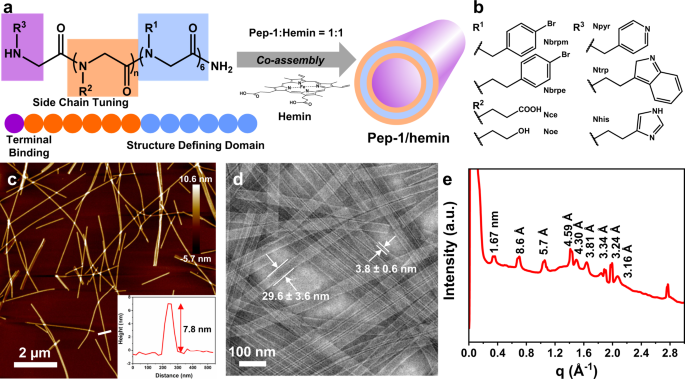2022-05-25 ドイツ連邦共和国・ゲーテ大学フランクフルト・アム・マイン(フランクフルト大学)

・ フランクフルト大学が、嫌気性微生物の酵素(バイオ触媒)の働きで水素を貯蔵・放出する、「バイオバッテリー」の開発について報告。
・ 太陽や風力による再生可能エネルギーを利用して水から製造する水素は、グリーン水素と呼ばれるカーボンニュートラルなエネルギー源としての役割が期待されている。
・ しかし、水素の安全な輸送と貯蔵は困難であるため、世界ではその解決のための化学的・生物学的な手法が研究がされている。
・ 同大学では、CO2 の水素化によるギ酸生成と、ギ酸の分解による水素の生成の可逆的なバイオシステムプロセスが可能なバイオ触媒を発見している。このような可逆的なバイオプロセスは、水素貯蔵の基本的な要件を満たすもの。
・ 深海等に生息する嫌気性微生物は、CO2 と水素を利用して代謝産物のギ酸を生成するが、中間代謝産物であるギ酸はさらに酢酸やエタノールに変換される。同大学では、代謝プロセスをギ酸生成の段階で停止して保持する微生物を設計。同プロセスの基本的な原理について 2013 年に特許を取得済み。
・ 本研究では、30℃・常圧下でのこのような可逆的なバイオプロセスを一基のバイオリアクターで実証。
化学触媒のような希少金属や高温度・高圧力等の反応条件を不要とし、他のバイオ触媒や化学触媒を超える優れた触媒反応速度を達成した。
・ 同バイオリアクターでは、微生物に水素を 8 時間供給してから 16 時間供給停止後、微生物が水素を全て放出する極めて安定した 2 週間の継続的プロセスを確認。不要な副生物の酢酸の生成は遺伝子組み換え処理で回避した。
・ 微生物による水素貯蔵システムのモデルでは、日中の太陽エネルギーによる水の加水分解で発生した水素を微生物が CO2 と結合させてギ酸を生成し、夜間にバイオリアクターの水素濃度が低減すると微生物が水素を放出してギ酸の生成を再開する。水素はエネルギー源として利用できる。
URL: https://aktuelles.uni-frankfurt.de/englisch/researchers-from-goethe-university-frankfurt-develop-new-biobattery-for-hydrogen-storage/
<NEDO海外技術情報より
関連情報
Joule 掲載論文(フルテキスト)
Biological hydrogen storage and release through multiple cycles of bi-directional hydrogenation of CO2
to formic acid in a single process unit
URL:
https://www.cell.com/joule/fulltext/S2542-4351(22)00187-
8?_returnURL=https%3A%2F%2Flinkinghub.elsevier.com%2Fretrieve%2Fpii%2FS25424351220018
78%3Fshowall%3Dtrue
Highlights
•First bio-based system for bi-directional H2 storage/release in one process unit
•Long-term performance over 2 weeks with multiple cycles
•Metabolic engineering to prevent unwanted side-product formation
•“Bio-battery” for the reversible storage of electrons in the form of H2 in formic acid



